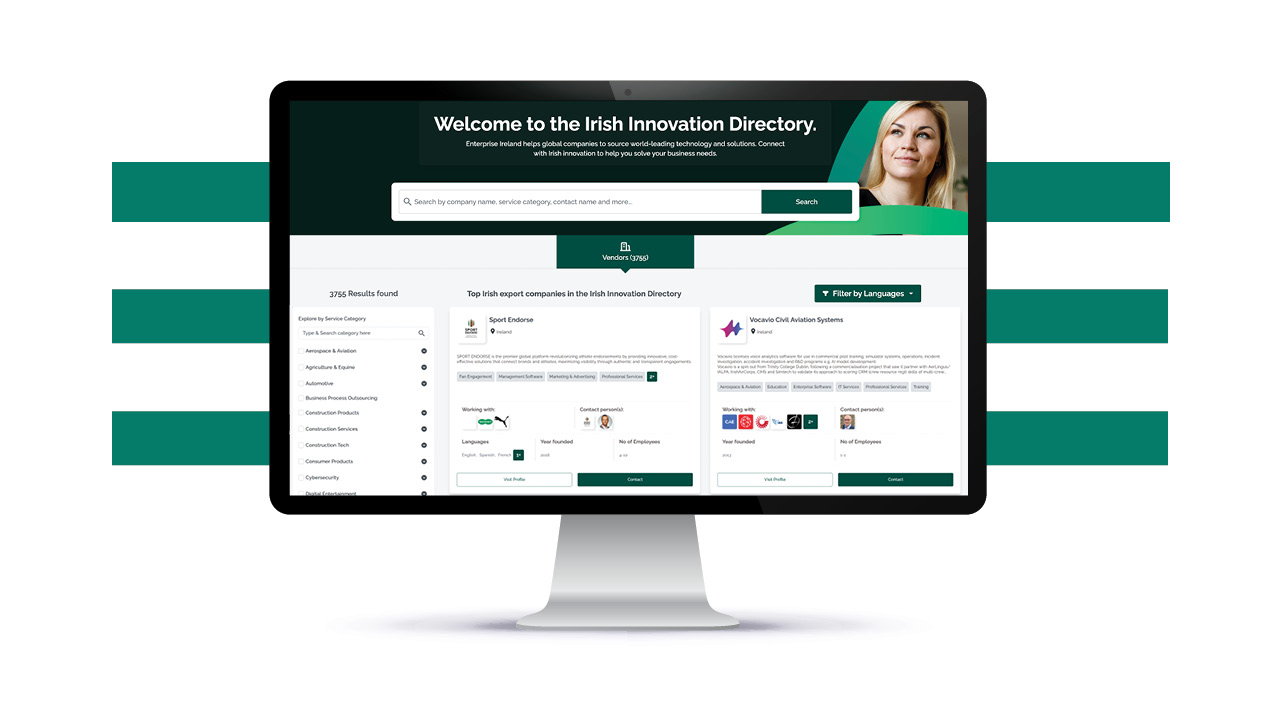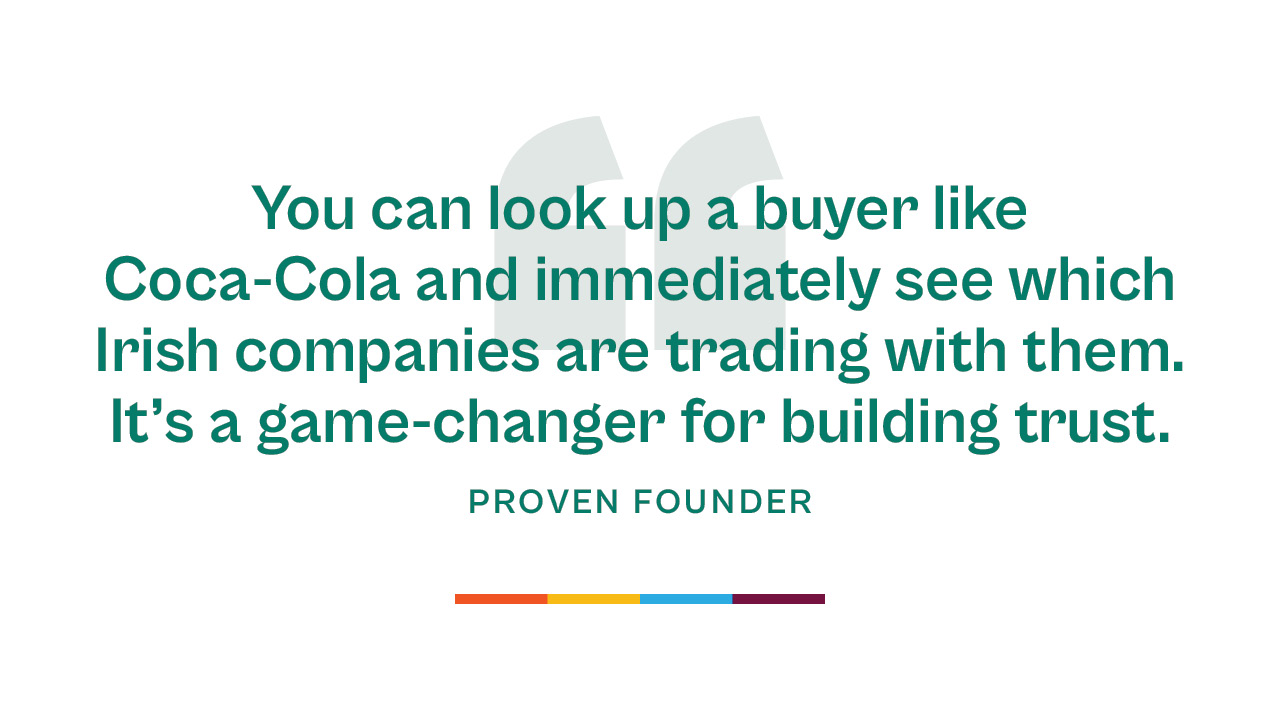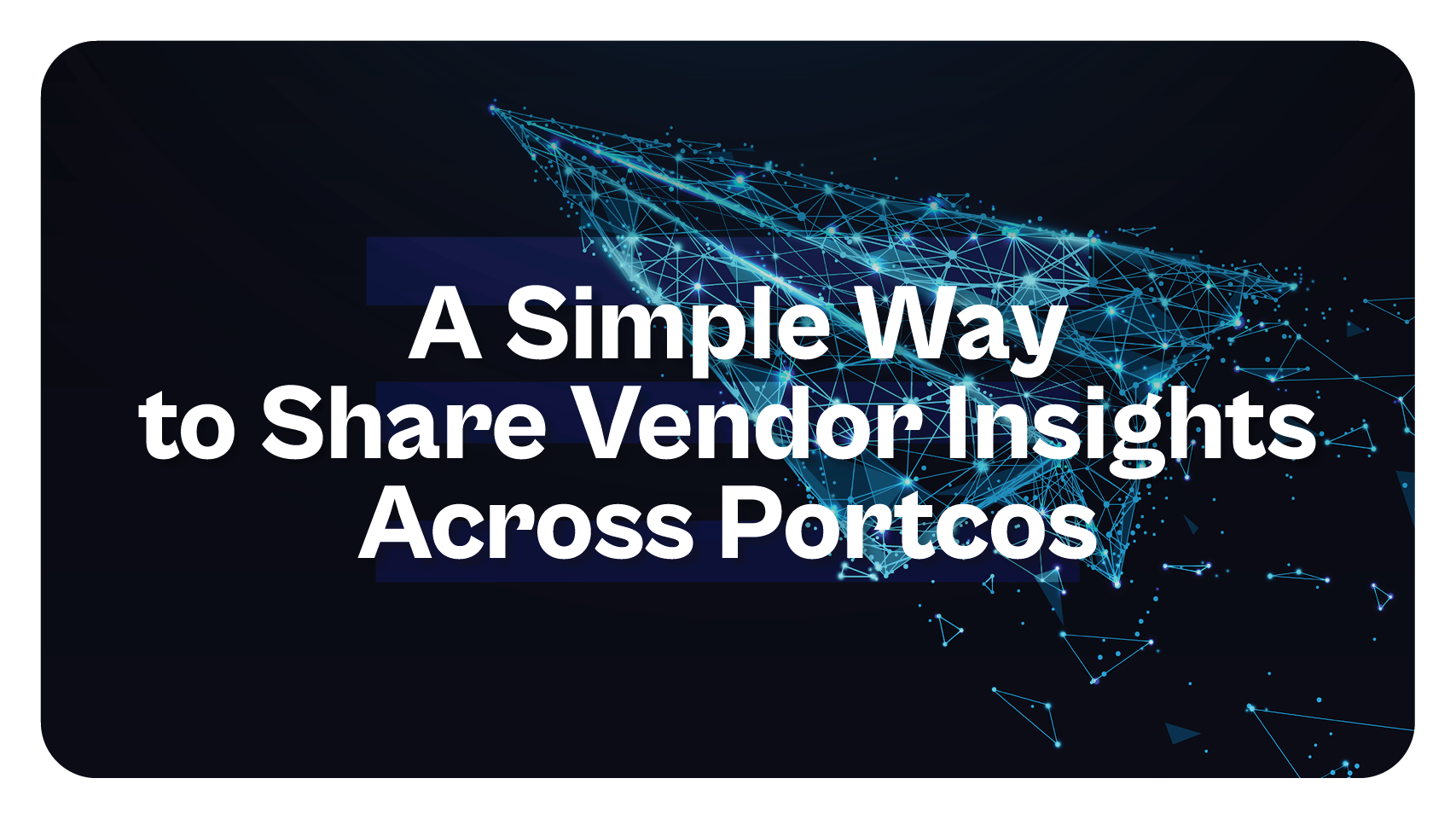
How Enterprise Ireland Built a World-Class Export Platform

In an era marked by fragmented supply chains, geopolitical trade barriers, and a pressing need for economic resilience, governments are harnessing digital technologies to future-proof their economies.
At the forefront of this movement is Enterprise Ireland, a global leader among foreign trade and export development agencies. By merging cutting-edge technology with strategic national advocacy, Enterprise Ireland has crafted a dynamic digital ecosystem that not only showcases Ireland’s innovators but also maps their global influence.
This case study delves into the mechanics of Enterprise Ireland’s pioneering platform—a dual-force model combining a digital directory of over 3,500 verified vendors and exporters with an interactive Connections Map. Together, they create a blueprint for how nations can amplify their economic visibility, enjoy sustainable economic growth even amidst volatility in world markets, foster international partnerships, and drive data-informed policy decisions.

Enterprise Ireland’s Digital Directory: Elevating Visibility in a Crowded Global Market
Enterprise Ireland’s directory is more than a static list—it’s a meticulously curated gateway to Ireland’s most agile and tech-driven enterprises. These companies span high-growth sectors such as SaaS, fintech, medtech, agri-tech, and clean energy, reflecting Ireland’s diversified innovation economy.
Each profile undergoes rigorous vetting to ensure companies meet criteria as export-ready or actively trading internationally, aligning with the Irish government’s mission to position the nation as a hub of digital excellence.
Key Features Driving Global Engagement:
- Advanced Search Capabilities: Buyers filter companies by sector, revenue size, client industries, or specific services (e.g., AI-driven logistics, sustainable packaging).
- Rich Company Profiles: Detailed overviews include product portfolios, certifications, case studies, and direct contact options, reducing friction in B2B outreach.
- Government-Endorsed Trust: Each listing carries the implicit credibility of Enterprise Ireland’s stamp, assuring buyers of compliance with international trade standards.
In an age where 73% of B2B buyers prioritize digital channels for supplier discovery (Gartner), this directory ensures Irish businesses remain top-of-mind in global procurement strategies.
The Connections Map: Visualizing Ireland’s Global Trade Footprint
Developed in partnership with Proven, the Connections Map transforms raw export data into actionable intelligence. This tool dynamically illustrates how Irish companies integrate into global value chains, offering unparalleled transparency for buyers and policymakers alike.
By leveraging advanced geospatial technology, the map provides a visual representation of trade relationships, enabling stakeholders to make informed decisions.
How It Works:
- Data Input: Participating companies list key international clients during profile creation (e.g., Coca-Cola, Swissair, Pfizer). This data serves as the foundation for mapping Ireland's global trade interactions, ensuring accuracy and relevance.
- Dynamic Mapping: Proven’s algorithm plots these relationships on an interactive globe, highlighting clusters of Irish influence across industries and regions. The map updates in real-time, reflecting changes in trade dynamics and allowing users to track emerging trends and opportunities.
- Dual-Search Functionality:
- Supplier-Centric: View all global clients of a specific company. This feature helps suppliers showcase their international reach, enhancing their credibility and attracting potential partners.
- Buyer-Centric: Identify Irish vendors servicing a target multinational, like Nestlé or Siemens. Buyers can easily locate reliable Irish suppliers, streamlining procurement processes and fostering new business connections.
The Connections Map not only enhances visibility for Irish enterprises but also serves as a strategic tool for economic diplomacy and regional development.

Strategic Advantages:
1. Enhanced Credibility
Irish firms gain trust by association. When a buyer sees a small Irish medtech company listed as a supplier to Swissair or Johnson & Johnson, it shifts perception from “potential vendor” to “verified operator.” This makes it easier for newer companies to enter competitive international markets.
2. Market Intelligence
The platform doesn’t just serve exporters — it feeds real-time trade intelligence back to the government and its agencies, allowing for full visibility into the trade process. For example, noticing a cluster of Irish fintechs landing clients in Canadian banking could guide targeted support, policy alignment, or even trade missions.
3. Diplomatic Utility
For trade attachés and economic envoys, the Connections Map is a data-backed storytelling tool. Instead of general claims, they can now show buyers and policymakers a live view of who’s exporting, to whom, and in what capacity — enhancing Ireland’s negotiation leverage.

Strategic Outcomes:
Since its launch, the platform has driven measurable engagement. Member companies report a surge in inbound visibility — with thousands of buyers browsing the platform, viewing profiles, and initiating conversations that might otherwise never have happened.
For many small and mid-sized businesses, this has replaced or augmented traditional lead generation strategies. Instead of relying on one-off trade show events or cold outreach, companies can now be found on their merit and relevance — often while decision-makers are actively sourcing.
In addition to buyer engagement, trade officials have gained a more responsive toolkit. The platform allows them to monitor which sectors are gaining traction internationally, respond faster to buyer inquiries, and even shape future funding and policy decisions based on platform analytics.
Why This Model Is a Template for Global Replication
Many mid-sized and emerging economies face a common challenge: limited visibility in global procurement and trade networks. Enterprise Ireland’s digital platform model levels the playing field.
What Makes It Replicable:
- Scalable Technology: The platform is modular and can be adapted to any country’s economic makeup — whether focused on manufacturing, creative industries, agriculture, or technology.
- Public-Private Synergy: The success lies in alignment: government agencies validate and promote the platform, while the private sector ensures relevance, adoption, and usability. Every force acts to boost export sales.
- SEO-Optimized Structure: Content and metadata are designed to maximize global discoverability. Keywords such as “digital trade networks” and “supplier verification” enhance organic reach.
Steps for Adoption:
For countries or institutions considering this model, a phased approach works best:
- Curate a National Directory: Start by vetting high-potential exporters and building a rich, searchable digital profile for each one.
- Integrate Interactive Mapping: Use tools like Proven’s Connections Map to visualize trade relationships and allow stakeholder exploration.
- Leverage Diplomatic Channels: Arm embassies and trade missions with the platform to showcase national strengths, attract buyers, and close new deals.
Conclusion:
Enterprise Ireland’s platform proves that modern trade promotion isn’t just about visibility — it’s about credibility, accessibility, and relationship transparency.
By merging a curated digital directory with geospatial intelligence, Ireland has built a system that serves exporters, buyers, and government agencies alike. Vendors benefit from enhanced visibility; buyers benefit from being able to trade with pre-vetted service providers; agencies benefit from actionable insights. It’s a scalable, cost-effective model that demonstrates what’s possible when public and private sectors co-create digital infrastructure.
In a global economy where trust, relevance, and speed matter more than ever, this kind of platform isn’t a luxury — it’s a necessity.
Ready to give your exporters the visibility and tools they need to thrive?
Try Proven for free and see how fast your country can build its own trade platform.







.png)






